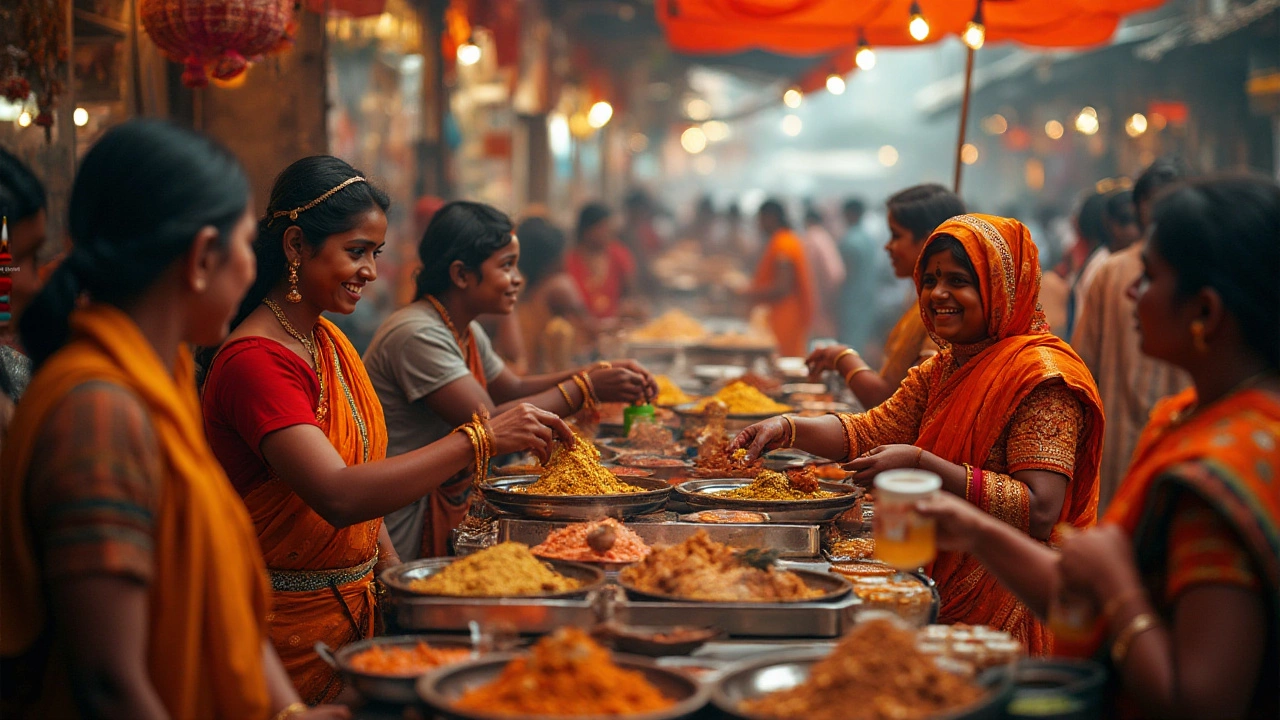Indian Food Rules You Need to Know Today
Ever wondered why a simple bowl of dal can taste totally different from one region to another? It's not just the spices – there are unwritten rules that shape how we cook, serve, and enjoy Indian meals. Knowing these basics can save you from common mistakes and make your dishes taste authentic, whether you’re a beginner or an experienced home chef.
Cook Like a Pro: Core Kitchen Rules
First off, never underestimate the power of timing. Most Indian recipes rely on a precise sequence – onions sautéed until golden, whole spices added just before the heat peaks, and finally the main ingredients added at the right moment. Skipping any step changes the flavor profile dramatically. For example, adding whole cumin seeds after the onions are browned releases a nutty aroma that can’t be recreated later.
Second, always use a heavy‑bottomed pan. Thin pans cause hot spots, leading to burnt spices and uneven cooking. A sturdy pan keeps heat steady, which is crucial for dishes like biryani where rice and meat need to cook together without over‑cooking.
Third, respect the lid. When simmering gravies, keep the lid partially open to let steam escape; this concentrates flavors without making the sauce watery. On the flip side, for dishes that need to retain moisture – think dal or slow‑cooked curries – seal the pot tightly.
Table Manners and Serving Tips
Indian dining isn’t just about the food; it’s about the experience. Sharing from a common plate is the norm, so use your right hand for scooping and your left hand only for support. If you’re serving guests, always offer a small portion of each dish first – this shows respect and lets everyone taste the variety before committing to a larger serving.
When it comes to chutney, remember the lid rule again: a loosely covered jar lets the flavors breathe, preventing excess moisture that can turn a fresh chutney mushy. Also, balance sweet, sour, and spicy elements. A pinch of jaggery can tame a too‑sour tamarind chutney, while a splash of lemon brightens a heavy coconut version.
Finally, watch the garnish. Fresh cilantro, a drizzle of ghee, or a sprinkling of toasted nuts should be added just before serving. They’re not just decoration – they add texture and a burst of aroma that lifts the whole dish.
By following these simple yet powerful Indian food rules, you’ll notice a big jump in taste, aroma, and overall enjoyment. Next time you cook a classic like tandoori chicken or experiment with a new sweet, keep these guidelines in mind. Your palate – and anyone sharing your table – will thank you.
Rules of Indulgence: Navigating India’s Street Food Scene
Street food in India is an exhilarating culinary experience, offering a colorful array of flavors and textures. However, understanding the unwritten rules of eating in India can enhance this gastronomic journey. This article explores traditional dining customs, hygiene tips, and essential street food etiquette for any traveler. From how to choose a vendor to the art of eating with your hands, it delves into the essentials of savoring Indian street food safely and respectfully.
